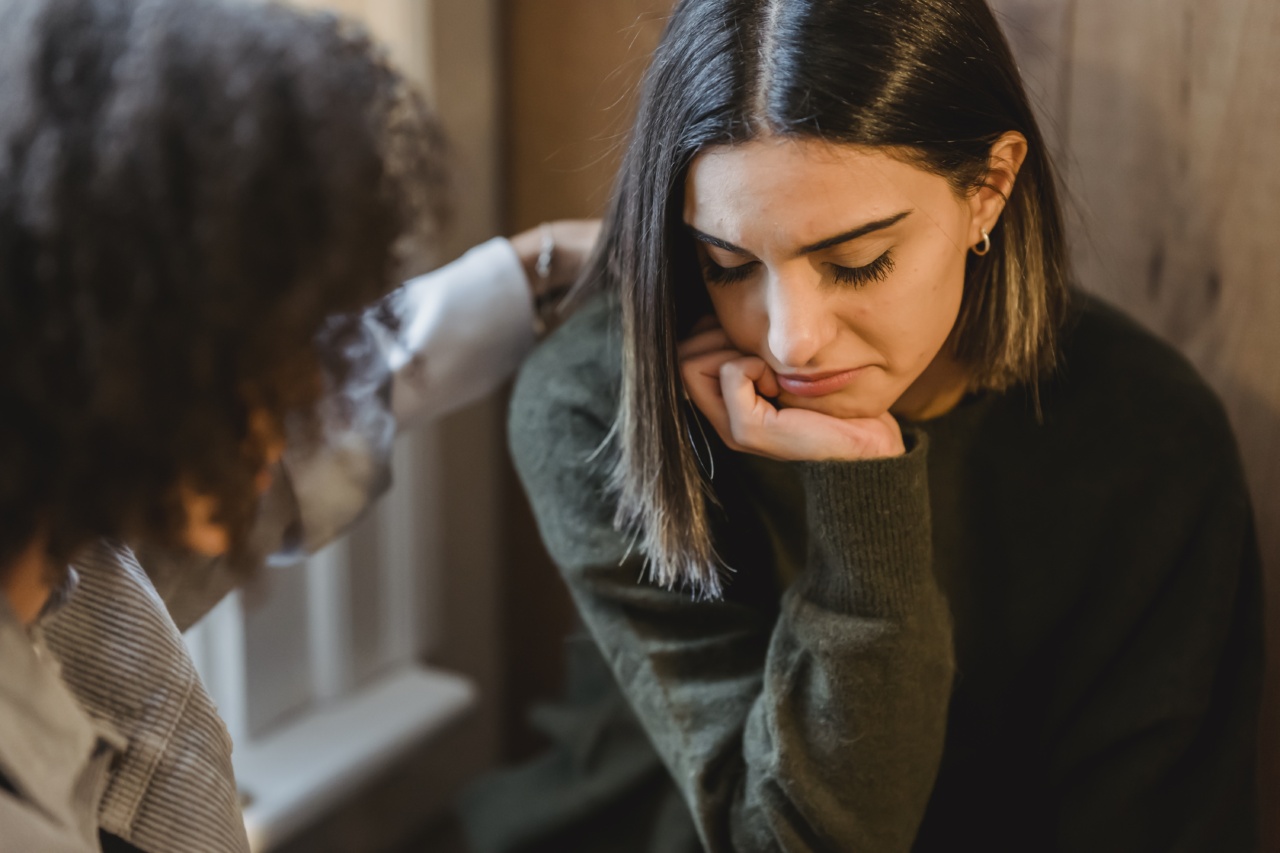Depression is a common mental disorder that affects people of all ages, gender, and walks of life. According to the World Health Organization (WHO), depression is ranked as the third-largest contributor to disease worldwide.
Individuals suffering from depression tend to experience persistent feelings of sadness, anxiety, and worthlessness. In most cases, medication and therapy have been the recommended treatments for depression. However, recent studies have shown that yoga may be an effective complementary treatment for improving depressive symptoms.
What is Yoga?
Yoga is a physical and mental practice that originates from ancient India. It involves various postures, breathing techniques, and meditation to promote physical, spiritual, and emotional well-being.
Yoga has become a popular form of exercise worldwide due to its numerous health benefits, ranging from stress relief to physical fitness and weight loss.
The Benefits of Yoga for Depression
Recent studies have shown that practicing yoga can help alleviate the symptoms of depression. Yoga has been found to increase the levels of gamma-aminobutyric acid (GABA), a neurotransmitter that is essential for regulating mood and behavior.
This increase in GABA levels has been linked to improved mood and reduced anxiety and stress, which are typical symptoms of depression. Additionally, practicing yoga also improves the production of serotonin and endorphins, which are mood-boosting hormones that reduce feelings of depression and anxiety.
Yoga also enhances mindfulness, which is the practice of being present in the moment, without judgment. Mindfulness has been shown to be effective in reducing symptoms of depression, as it helps individuals identify negative thoughts and emotions.
By practicing mindfulness, individuals can develop a more positive outlook on life and become more self-aware, reducing depressive symptoms.
The Relationship between Yoga Frequency and Depression Improvement
The frequency of yoga practice has been shown to play a crucial role in the improvement of depressive symptoms.
In a recent study, individuals who practiced yoga at least twice a week for eight weeks reported a significant decrease in depressive symptoms compared to those who practiced once a week or not at all. The study suggested that a minimum of two yoga sessions per week is required for individuals to experience optimal benefits for their mental health.
However, it is essential to note that the effectiveness of yoga in treating depression varies from individual to individual. While some people may experience significant improvements in their symptoms, others may not experience any changes at all.
Factors such as age, severity of depression, and the type of yoga practiced can influence the effectiveness of yoga in treating depression.
How to Get Started with Yoga
If you are new to yoga and interested in using it as a complementary treatment for your depression, here are some steps to get started:.
Step 1: Find a yoga studio or try an online class
There are numerous yoga studios available, and most offer beginner classes. You can also find free online yoga classes on platforms such as YouTube that can help you get started with yoga.
Step 2: Choose the right type of yoga
There are different types of yoga, and each serves a unique purpose.
If you are looking to improve your mood and alleviate symptoms of depression, it is recommended that you choose yoga types that are focused on gentle stretches, relaxation, and breathing exercises such as Hatha or Restorative Yoga.
Step 3: Start with simple poses
As a beginner, it is important to start with simple yoga poses such as Downward Dog and Child’s pose. It is important to listen to your body and avoid overexerting yourself when performing yoga poses.
Step 4: Practice regularly
For individuals looking to improve their mental health, it is important to practice yoga regularly. Start with practicing yoga at least two times per week and increase frequency as you feel comfortable.
Conclusion
While medication and therapy have been the go-to treatments for depression, recent studies have shown that yoga may be an effective complementary treatment for improving depressive symptoms.
Practicing yoga has been shown to increase the production of mood-boosting hormones, improve mindfulness, and reduce symptoms of depression. However, the frequency of yoga practice plays a crucial role in the effectiveness of yoga in treating depression. Individuals looking to improve their mental health should aim to practice yoga at least twice a week for optimal benefits.






























